目录
- 使用 for 循环在 python 中从文本创建 n-gram
- 使用 NLTK 在 Python 中创建 n-gram
在计算语言学中,n-gram 对于语言处理、上下文和语义分析非常重要。它们是从令牌字符串中相邻的连续单词序列。
常见的 n-gram 包括 unigram、bigram 和 trigram,它们是有效的,当 n>3 时可能会遇到数据稀疏的问题。
本文将讨论如何使用 Python 中的功能和库创建 n-gram。
使用 for 循环在 Python 中从文本创建 n-gram
我们可以有效地创建一个 ngrams 函数,该函数接受文本和 n 值,并返回一个包含 n-gram 的列表。
为了创建这个函数,我们可以分割文本并创建一个空列表(output)来存储 n-gram。我们使用 for 循环遍历 splitInput 列表以遍历所有元素。
然后将单词(令牌)添加到 output 列表中。
def ngrams(input, num):
splitInput = input.split(' ')
output = []
for i in range(len(splitInput) - num + 1):
output.append(splitInput[i:i + num])
return output
text = "Welcome to the abode, and more importantly, our in-house exceptional cooking service which is close to the Burj Khalifa"
print(ngrams(text, 3))
代码输出:
[['Welcome', 'to', 'the'], ['to', 'the', 'abode,'], ['the', 'abode,', 'and'], ['abode,', 'and', 'more'], ['and', 'more', 'importantly,'], ['more', 'importantly,', 'our'], ['importantly,', 'our', 'in-house'], ['our', 'in-house', 'exceptional'], ['in-house', 'exceptional', 'cooking'], ['exceptional', 'cooking', 'service'], ['cooking', 'service', 'which'], ['service', 'which', 'is'], ['which', 'is', 'close'], ['is', 'close', 'to'], ['close', 'to', 'the'], ['to', 'the', 'Burj'], ['the', 'Burj', 'Khalifa']]
使用 NLTK 在 Python 中创建 n-gram
NLTK 是一个自然语言工具包,提供了一个易于使用的接口,用于文本处理和分词等重要资源。要安装 nltk,我们可以使用以下 pip 命令。
pip install nltk
为了展示潜在问题,让我们使用 word_tokenize() 方法。它可以帮助我们使http://www.devze.com用 NLTK 推荐的单词分词器创建一个令牌化的文本副本,然后再编写更详细的代码。
import nltk text = "well the money has finally come" tokens = nltk.word_tokenize(text)
代码输出:
Traceback (most recent call last):
File "c:编程Users\akinl\Documents\Python\SFTP\n-gram-two.py", line 4, in <module> tokens = nltk.word_tokenize(text) File "C:\Python310\lib\site-packages\nltk\tokenize\__init__.py", line 129, in word_tokenize sentences = [text] if preserve_line else sent_tokenize(text, language) File "C:\Python310\lib\site-packages\nltk\tokenize\__init__.py", line 106, in sent_tokenize tokenizer = load(f"tokenizers/punkt/{language}.pickle") File "C:\Python310\lib\site-packages\nltk\data.py", line 750, in load 编程 opened_resource = _open(resource_url) File "C:\Python310\lib\site-packages\nltk\data.py", line 876, in _open return find(path_, path + [""]).open() File "C:\Python310\lib\site-packages\nltk\data.py", line 583, in find raise LookupError(resource_not_found)LookupError:********************************************************************** Resource [93mpunkt[0m not found. Please use the NLTK Downloader to obtain the resource:[31m>>> import nltk
>>> nltk.download('punkt') [0m For more information see: https://www.nltk.org/data.htmlAttempted to load [93mtokenizers/punkt/english.pickle[0m
Searched in:
- 'C:\\Users\\akinl/nltk_data' - 'C:\\Python310\\nltk_data' - 'C:\\Python310\\share\\nltk_data' - 'C:\\Python310\\lib\\nltk_data' - 'C:\\Users\\akinl\\AppData\\Roaming\\nltk_data' - 'C:\\nltk_data' - 'D:\\nltk_data' - 'E:\\nltk_data' - ''**********************************************************************
上述错误消息和问题的原因是 NLTK 库对于某些方法需要某些数据,而我们尚未下载这些数据,特别是如果这是您首次使用的话。因此,我们需要使用 NLTK 下载器来下载两个数据模块,punkt 和 averaged_perceptron_tagpythonger。
当我们使用 words() 等方法时,可以使用这些数据,例如创建一个 Python 文件并运行以下代码以解决该问题。
import nl编程客栈tk
nltk.download('punkt')
nltk.download('averaged_perceptron_tagger')
或者通过命令行界面运行以下命令:
python -m nltk.downloader punkt python -m nltk.downloader averaged_perceptron_tagger
示例代码:
import nltk text = "well the money has finally come" tokens = nltk.word_tokenize(text) textBigGrams = nltk.bigrams(tokens) textTriGrams = nltk.trigrams(tokens) print(list(textBigGrams), list(textTriGrams))
代码输出:
[('well', 'the'), ('the', 'money'), ('money', 'has'), ('has', 'finally'), ('finally', 'come')] [('well', 'the', 'money'), ('the', 'money', 'has'), ('money', 'has', 'finally'), ('has', 'finally', 'come')]
示例代码:
import nltk
text = "well the money has finally come"
tokens = nltk.word_tokenize(text)
textBigGrams = nltk.bigrams(tokens)
textTriGrams = nltk.trigrams(tokens)
print("The Bigrams of the Text are")
print(*map(' '.join, textBigGrams), sep=', ')
print("The Trigrams of the Text are")
print(*map(' '.join, textTriGrams), sep=', ')
代码输出:
The Bigrams of the Text are
well the, the money, money has, has finally, finally comeThe Trigrams of the Text are
well the money, the money has, money has finally, has finally come
到此这篇关于在 Python 中从文本创建 N-Grams的文章就介绍到这了,更多相关Python文本创建 N-Grams内容请搜索编程客栈(www.devze.com)以前的文章或继续浏览下面的相关文章希望大家以后多多支持编程客栈(www.devze.com)!
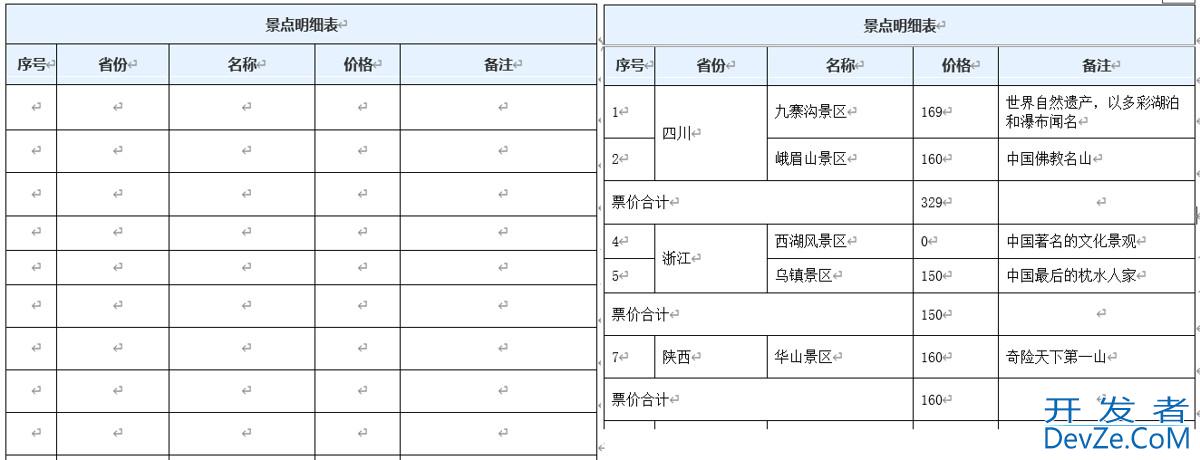
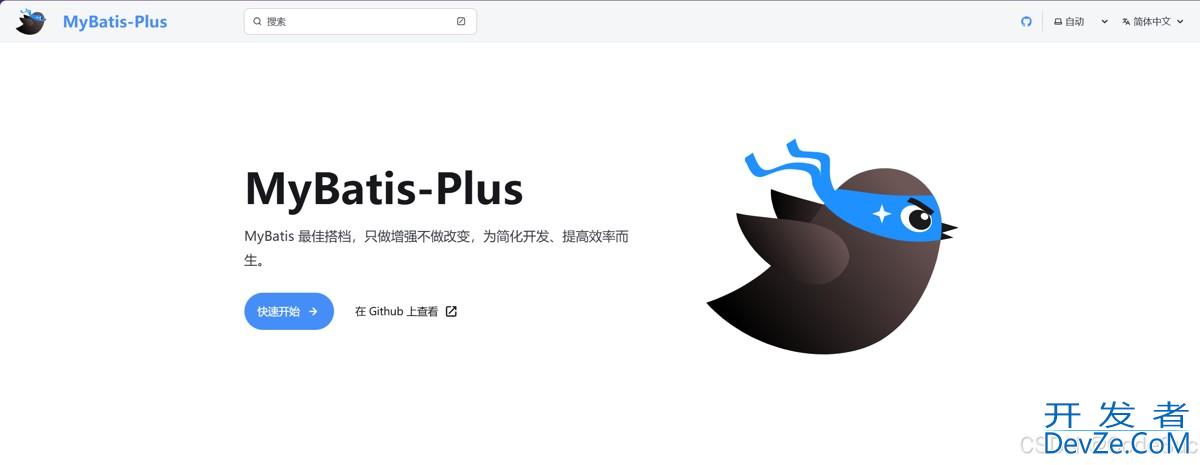

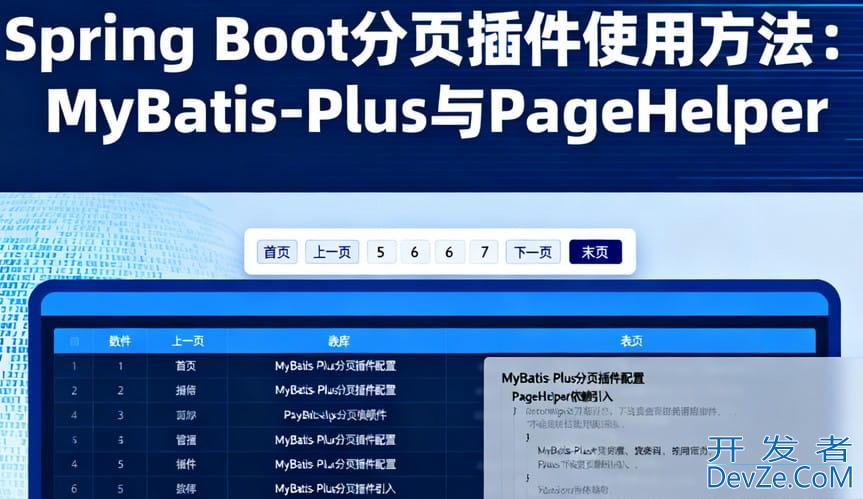


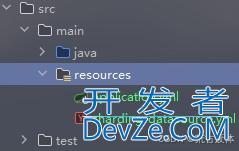
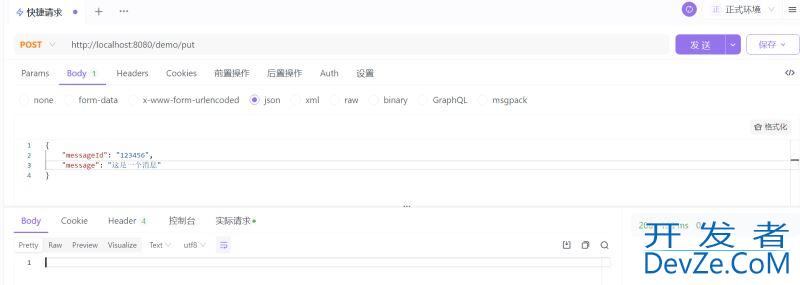
 加载中,请稍侯......
加载中,请稍侯......
精彩评论